After the successful motorsport program of the 1960s, BMW decided to facilitate its racing efforts with the aid of a dedicated entity. Before its official founding, the talented engineers who would make history at Motorsport GmbH developed the 1972 BMW Turbo concept car, as well as the awe-inspiring 1972 BMW 3.0 CSL, the ultimate expression of the E9. A year after it was founded, the subdivision earned its “BMW lives for motorsport” punchline and the race-ready Batmobile took first place at the 24 Hours Nurburgring race.
In 1988, BMW Motorsport GmbH staff numbers grew to 400 souls. Fast-forward to 1993, the year the Wu-Tang Clan releases their debut album, and BMW Motorsport GmbH is renamed to BMW M GmbH. These days, M is a pivotal ingredient to the BMW brand. From the M2 Coupe to the tri-turbo diesel X6 M50d, the M squad is at the forefront of performance cars for the road.
Including the not-so-hot-but-still-hot M Performance cars, M GmbH sold something in the vicinity of 63,000 units last year. This amount may be only a small dribble compared to the 1.9 million cars sold by BMW in 2015, but then again, keep in mind that BMW Motorsport GmbH built the 5,000th M3 in 1987.
It’s rather clear then that our appetite for go-faster BMWs has grown substantially in the last 44 years, but the question is, which are the most outstanding BMW M cars of them all? Zadie Smith once said that “all tastes are expressions of belief.” She’s right, you know. There are as many BMW M cars top tens in this world as there are fans of the 13th letter of the alphabet.
Therefore, the following list is subjective in nature and consists of our editors’ favorite BMW M cars. If you feel like adding a particular model to the list, don’t be shy and share the love with us in the comments section below.1972 BMW 3.0 CSL (E9)
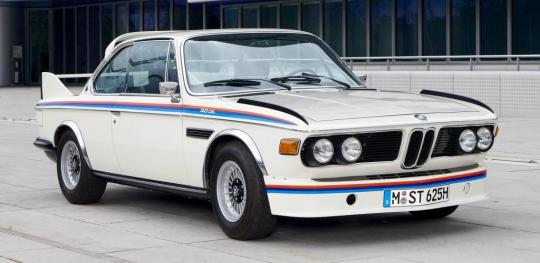
Jeremy Clarkson of Top Gear fame used to own a 3.0 CSL in his youth, an era when his hair was like a bird’s nest and his fashion sense was defined as triple denim disaster. And yes, he owned a 3.2-liter, the proper Batmobile.
The more powerful 3.2s have VINs that run in two batches: from 2275430 through 2275539 and 4355001 through 4355057. This makes them the most desirable and the most costly examples of the breed. As a homologation special, the Batmobile was significantly more expensive than the Aston Martin V8. Yup, even the 3.0-liter CSL. Don’t even get me started about the 3.2-liter.
As bite-the-back-of-your-hand beautiful as it is, the CSL proved that it can also walk the walk in the European Touring Car Championship, Le Mans, IMSA GT Championship, and World Championship for Makes. Its legendary status among BMW M cars is further enhanced by the fact that the first BMW Art Cars were 3.0 CSLs. Some 1,265 cars were ever built and if you fancy one today, prepare to pay at least $100,000 for a road-going 3.0 CSL.1978 BMW M1 (E26)
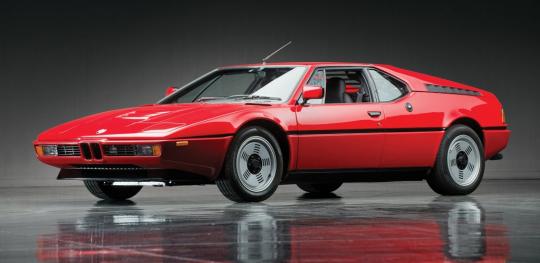
Based on the BMW Turbo concept mentioned in the second paragraph of this story, the E26 holds the title of first mid-engined BMW for the road. If you were wondering what’s the second, that’s the M1’s spiritual successor: the i8.
Designed by Giorgetto Giugiaro, powered by a 3.5-liter six-cylinder lump with mechanical fuel injection, and partially developed by Lamborghini, the M1 is a wolf in sheep’s clothing with the looks to kill and the performance to thrill.
453 units or so were built from 1978 to 1981. One of the most famous, if not the most famous M1 of them all, is the Group 4 white knuckle ride painted by Andy Warhol. Of the 17 Art Cars ever made, this is the most valuable. Not bad, more so if you consider that Warhol took only 24 minutes to paint the car.1980 BMW M535i (E12)
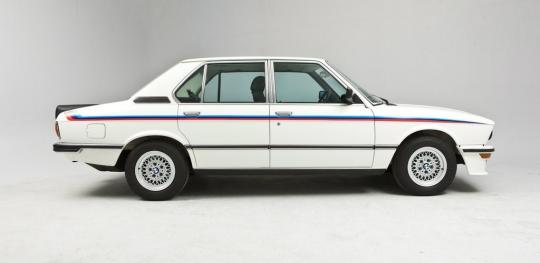
The E12 M535i was never officially sold in North America because of its 3.5-liter straight-six. If BMW were to equip it with a catalyst, the performance would’ve been reduced to 528i levels, which is a big no-no for a BMW M car.
Although it laid the foundation for sports sedans, the M535i isn’t a bona fide M because it doesn’t have any BMW Motorsport GmbH-developed drivetrain components. Instead of that, the specialized division bestowed upon the M535i a high-performance suspension system, lightweight wheels, and body panels.
Believe it or not, the M535i was also assembled in South Africa, at the Rosslyn factory, from complete knock-down kits supplied from Deutschland. European models, on the other hand, were partially assembled at Dingolfing, then finished by hand at the BMW Motorsport GmbH nerve center in Munich.1984 BMW M5 (E28)
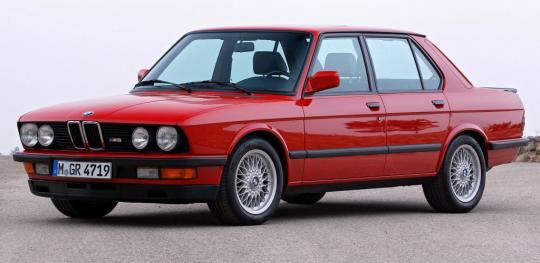
BMW Motorsport GmbH head honcho Jochen Neerpasch had a fantastic idea back in the 1980s: “Why not stuff the 3.5-liter engine from the M1 into an E28 5-series?” Hey presto, that’s how the first-ever BMW M5 car came to be.
If it sort of looks like an E12 M535i, that’s because the body kit is an evolution of that from the M535i. The fastest sedan in the world during its heyday, the E28 M5 was produced in four distinct versions. Be wary if you’re in the market for one, though, because the E28 M5 was offered with two engines.
The more desirable M88 from the M1 equips the Euro and South Africa-spec models. The North American model, on the other hand, is animated by the S38 engine. Although it is based on the M88, the S38 unit is a wee bit less powerful because it is bogged down by a catalytic converter. Damn you, EPA!1990 BMW M3 Sport Evolution (E30)
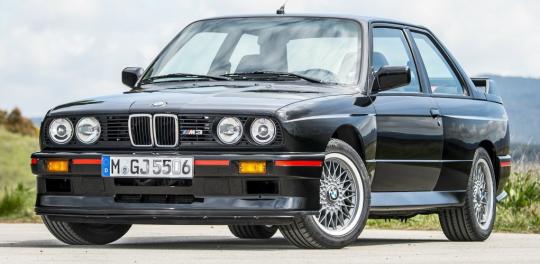
The E30 M3 Sport Evolution is a hero car, no doubt about it. Something like 600 examples of the EVO III were built from December 1989 to March 1990 and, as you may have guessed by now, collectors would pay an arm and a leg for the opportunity to buy one. I’m not that surprised about its popularity.
You see, the Sport Evolution is the final homologation and the most hell-bent for leather variant of the E30 M3. The iconic 2.5-liter S14 straight-four is the business end of this car, albeit handling isn’t too shabby either. Far from it.
Engineers were so anal when they developed the Sport Evolution, they fitted a smaller fuel tank than the one that equips the Evolution II. It’s these little things, which, taken together, make the whole. The Sport Evolution is a great BMW M car, one that will forever be a forbidden fruit for mere mortals. 1990 BMW M8 (E31)
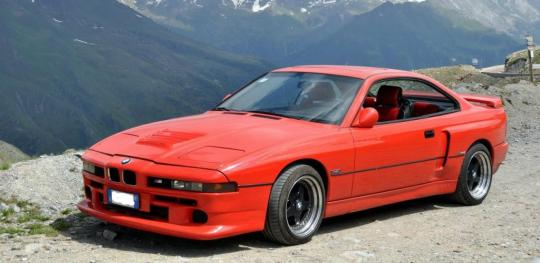
The BMW M car that wasn’t meant to be. The juggernaut that can top out at a mighty impressive 217 miles per hour (350 km/h). Der Bolide. Call it any way you prefer, but this one-off concept is nothing short of a Magnum Opus.
Though it looks similar to a regular BMW 8 Series, the BMW M8 can hit that mind-boggling speed thanks to a thoroughly spectacular engine. To put it simply, the 550 horsepower (557 PS) S70/1 V12 engine under the hood serves as the basis for the S70/2 V12 employed by the prodigious McLaren F1 hypercar.
As fate would have it, BMW scrapped the M8 project because there was no market for such a car in the early 1990s, or so the Bavarian outfit believed. The only road-going 8 Series tuned by the BMW M skunkworks is the 850CSi, a grand tourer which is propelled by a 375 horsepower (380 PS) S70B56 V12.1998 BMW M Coupe (E36/8)
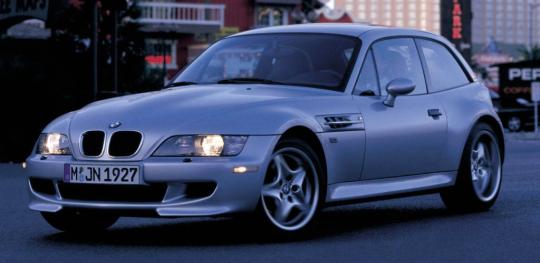
What a teeny-weeny yet raw and angry car! Don’t know about you, but whenever I see a first-gen M Coupe, I can’t help myself but chuckle as if I had special needs. The Clown Shoe is a fantasy garage entrant, no doubt about it.
Other than the bonkers exterior design, the BMW M Division was bonkers enough to shoehorn an E46 M3’s straight-six under the long snout. 321 ponies sent to the rear wheels of a breadbox with a wheelbase of 96.8 inches (2,459 mm) is a scary recipe, alright, but the “Oh sh*t” moments are definitely worth it.
That’s neat and all, but the thing with the (Z3) M Coupe is that it differs a lot from other cars of German origin. This car is the creation of pistonhead engineers, not bean counters. I have no clue who convinced upper management to make this thing, or how they did it, but that person deserves a high five and a cold beer for his effort.2003 BMW M3 CSL (E46)
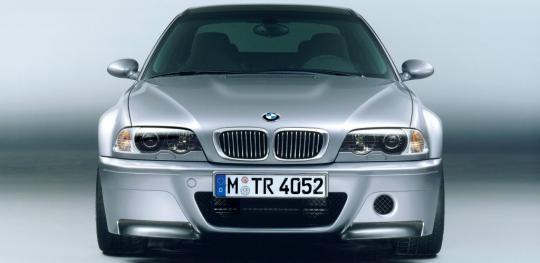
Yet another BMW M car that hasn’t set foot on American soil, the E46 M3 CSL was built in limited numbers for the European market. Sans the 25 pre-production prototypes, BMW built 823 examples in left-hand drive and 535 examples in right-hand drive. The closest America got to an E46 M3 CSL is the M3 Competition Package, which was close to the real deal, but no cigar.
The most distinguishable features from the regular M3 are not the mods made to the engine, but the lightweight components used for the body. The carbon fiber reinforced plastic roof was a first for a road-going BMW M car, to highlight the obvious. The trunk floor, however, is made of an industrial cardboard. No, I’m not joking. Saving weight is the name of the game here.
Other little details, such as upping the speed limiter to 174 mph (280 km/h), quickening the steering ratio from 15.4:1 to 14.5:1, and such made the M3 CSL a BMW that happens once in a blue moon. To round things off nicely, customers who wanted stickier tires were required to sign a disclaimer stating they understand the tires probably won’t work in the wet or in cold conditions. 2011 BMW 1M Coupe (E82)
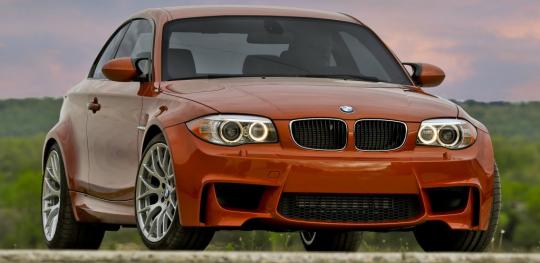
Officially known as the 1 Series M Coupe, this car was developed over the course of two years and, when it was launched, it vexed the hardcore purist crowd. “Turbocharged BMW M car? Blasphemy!” Oh, how wrong they were. Do a Google search for a used one and check the asking price. That’s right, the BMW 1M Coupe is an instant classic with a proper limited-slip diff.
There’s a lot of talk these days according to which the next-gen M5 and M6 will lose the manual transmission. When the 1M Coupe came out, manual was the way of the BMW M car. Times have undoubtedly changed, the market has changed too, but here’s the thing with the 1M Coupe: classics live forever.
So how come the BMW 1M Coupe, a model that’s not much quicker than a 135i and borrows the engine from a Z4 sDrive35is get so much credit four years after the last unit rolled off the line? The answer is simple: the 1M Coupe is an engaging car to drive, one that slaps a big, fat smile on the driver’s face.2016 BMW M4 GTS (F82)
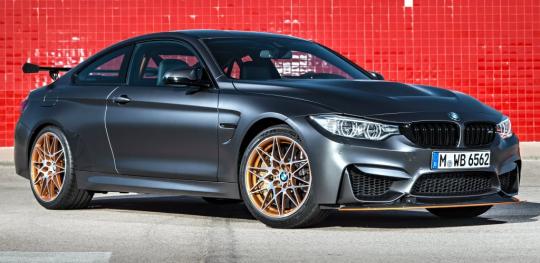
The M4 Coupe may have disappointed some purists because, well, the engine doesn’t make a pleasant sound whatever the rev range. BMW didn’t want to make the same mistake with the M4 GTS. Instead, BMW M GmbH gave its best to make this thing the most hardcore M4 money can money.
Production is limited to 700 units and the asking price is [gasp] $134,200, but it’s worth it. The performance boost coming courtesy of a water injection system, as well as the segment-leading driving dynamics, make the M4 GTS a future classic. The 7 m 28 s Nurburgring lap time speaks volumes, more so if you consider that the standard M4 is 30 seconds slower. Indeed, the BMW M4 GTS is Bavaria’s alternative to the dyed-in-the-wool Porsche 911 GT3.
The question is, is the M4 GTS worth double the price of an M4? I like to daydream from time to time about dream cars I would like to own, which is why I’m not the person to ask for advice. However, I’m pretty sure that the M4 GTS is a tell-tale sign that BMW M GmbH hasn’t lost the motorsport mojo that made it great in the 1970s.








